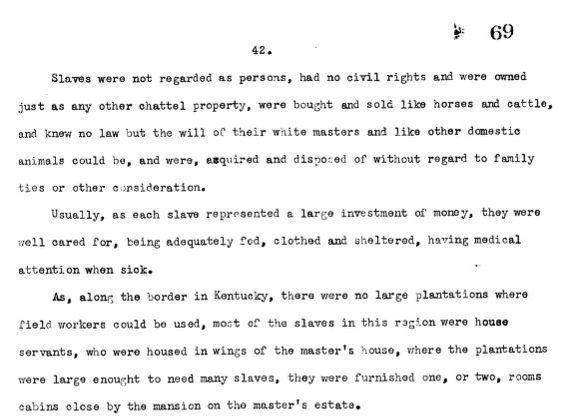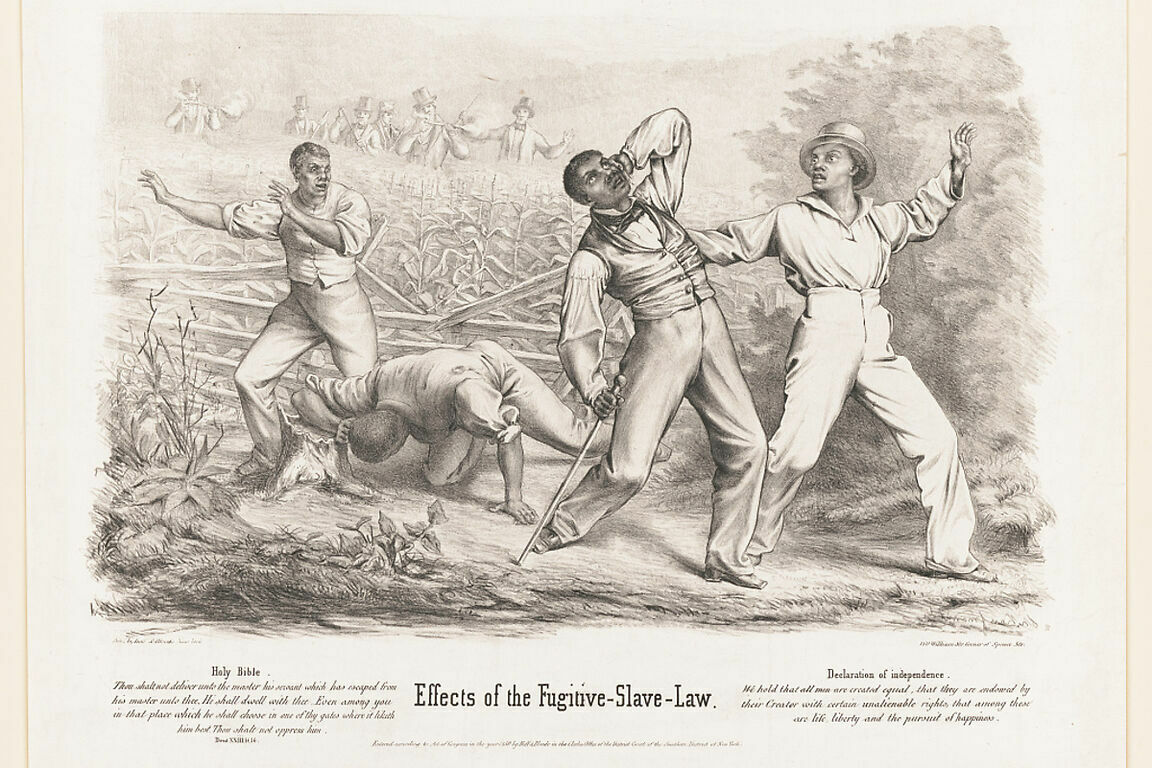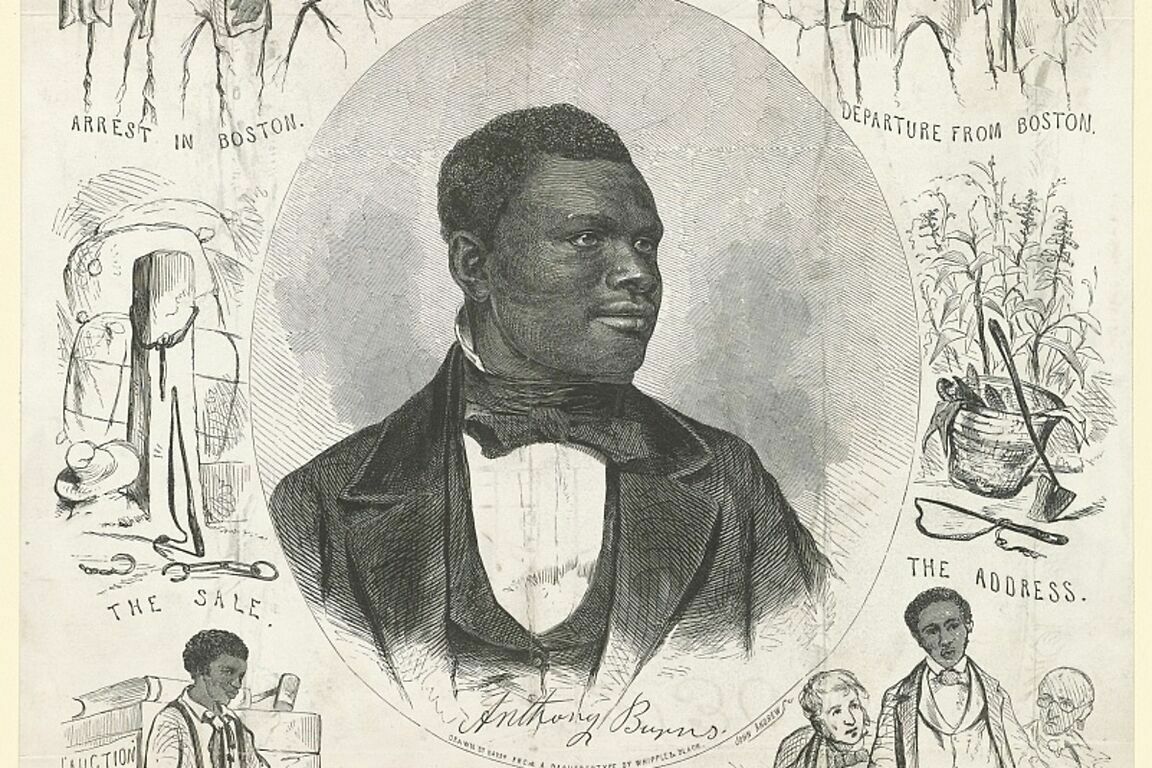Traveling alone, Tubman escaped to Philadelphia and became involved with the Black abolitionist movement. This module explains the role of African Americans as the first abolitionists and the impact of the Fugitive Slave Law. Students will analyze primary source photographs and prints from the era, and consider discussion prompts for more dialogue and deeper reflection.
Essential Question:
How can an individual's beliefs and actions impact a community?
Thinking Questions:
- How did Black resistance to slavery influence white abolitionists to join the cause?
- How did the Fugitive Slave Law in 1850 negatively impact Harriet Tubman's work to free enslaved people and compel freedom seekers to escape to Canada?
- What skills made Harriet Tubman an effective speaker and advocate for abolition?
- Why was Harriet Tubman unsatisfied with her work as a public speaker as part of the northern Abolitionist Movement? What was her solution?









